What do the UAW deals mean for labor in America?
Workers in the car industry are getting big pay raises. It might not stop there.

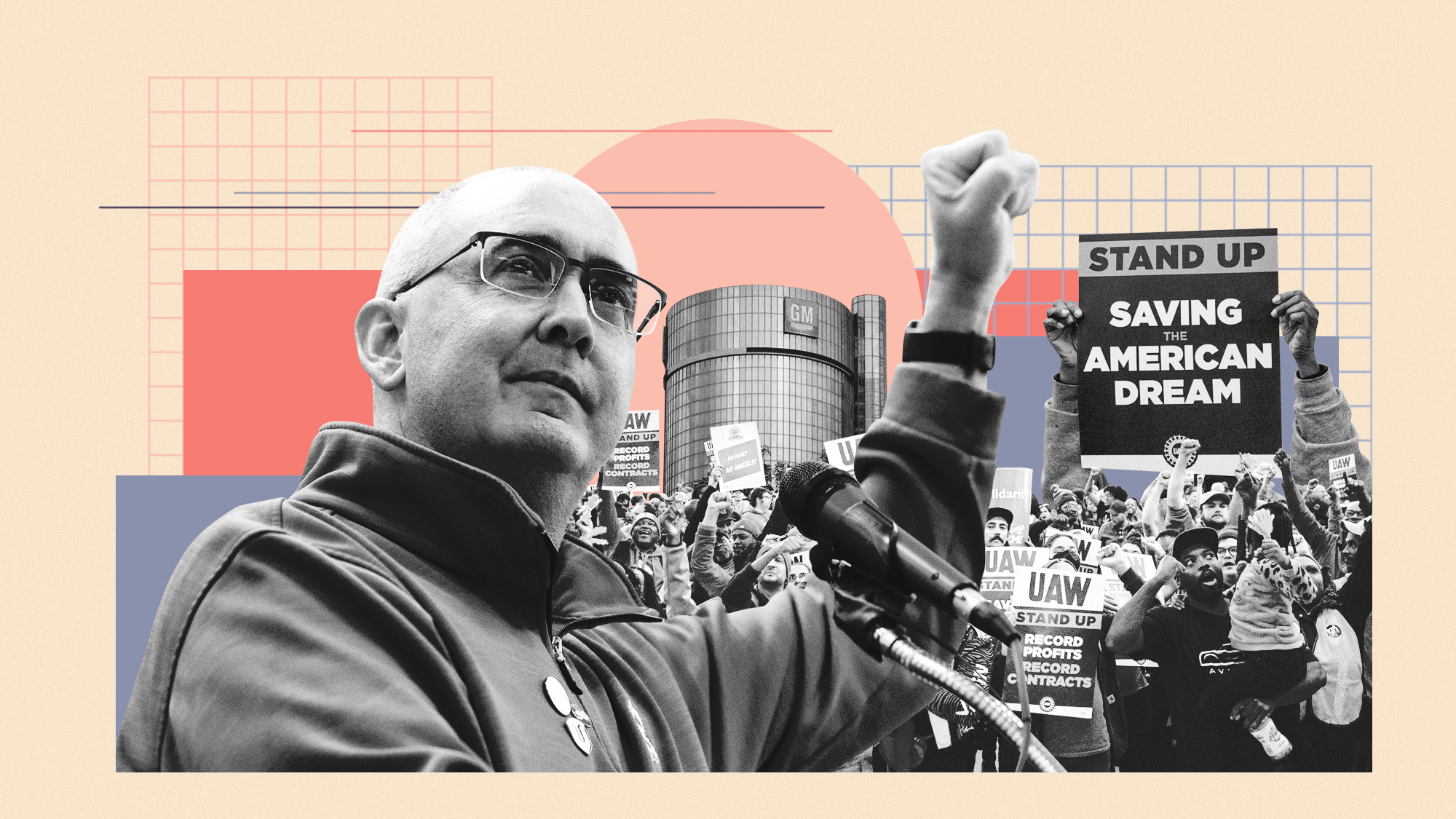
The United Auto Workers won big with their strikes against Detroit’s “Big Three” automakers. That victory might ripple beyond the car industry, to the workforce at large. The New York Times reported that the UAW’s gain of the “largest wage and benefit increases in decades” could “reverberate well beyond the workers that the union represented.” After decades of regarding strikes “warily,” unions may once again see work stoppages as a key negotiating tool with employers.
Indeed, NPR reported that this year has already seen “the largest number of strikes since 2011.” Strikes were common during the years after World War II, “but the early 1980s ushered in an era of crackdowns” on strikers. But 2023 has been a “watershed year.” So far there have been 22 major work stoppages in the United States, each involving 1,000 workers or more. That includes writers and actors in Hollywood, but also more than 75,000 workers for the Kaiser Permanente health system. The writers and Kaiser workers also got a pay bump, and the actors are probably close to resolving their strike. "Collective bargaining works,” acting U.S. Labor Secretary Julie Su. “It may not always look pretty.”
“Call it the Great Reset,” The Guardian pronounced. The wave of union victories “reflects a reset in expectations and wage norms for workers and for employers,” said MIT’s Thomas Kochan. Part of that reset is the result of worker anger about big profits as well as skyrocketing pay for CEOs and other executives while their own wages failed to keep up with inflation. The result? Corporations have “been surprised by the level of labor militancy they are encountering.” Expect to see more of this. Said one labor expert: “Victories inspire other victories.”
The Week
Escape your echo chamber. Get the facts behind the news, plus analysis from multiple perspectives.

Sign up for The Week's Free Newsletters
From our morning news briefing to a weekly Good News Newsletter, get the best of The Week delivered directly to your inbox.
From our morning news briefing to a weekly Good News Newsletter, get the best of The Week delivered directly to your inbox.
What the commentators said
The anti-union era began in 1981 with President Ronald Reagan’s decision to fire striking air traffic controllers, Ellie Quinlan Houghtaling wrote in The New Republic. That decision ended up “turning the tide against American labor relations for decades to come.” The UAW victory means that era is finally, officially over: “And in the process, it has ushered in a brand new era for unions.”
All that union activity “will also be a victory for the American middle class,” Robert Reich argued at The Guardian. Those postwar years when labor strikes were common saw big gains for unionized workers — but non-union workers also benefitted. Those non-union companies gave out big raises because they “knew they’d be targets of union organizing if they didn’t.” The big question after UAW’s successful strikes: “Is the pendulum now swinging back?”
The effects could be political as well as economic. Greg Sargent at The Washington Post pointed out that Donald Trump bypassed the UAW strikes to give a speech to workers as a non-union shop “bashing the strike as useless given that electric vehicles will inevitably destroy their jobs.” But the new agreement with automakers has exposed “the absurdity of Trump’s populism.” Some right-wing populists do support unionized workers. For Trump himself, though, the “pro-worker posturing” has been shown to be meaningless.
What next?
“Can the UAW unionize Tesla?” Ronald Brownstein asked at The Atlantic. The union’s victory over the Big Three “will prove hollow” if it puts those carmakers at a disadvantage against non-union shops like Tesla and Toyota. (Indeed, there’s plenty of speculation that worker wins will lead to more expensive cars for Americans.) UAW leader Shawn Fain aims to fix that issue. “When we return to the bargaining table in 2028,” he said, “it won’t just be with the Big Three, but with the Big Five or Big Six.” Again, there will be political ramifications: The breakthroughs would provide President Joe Biden with evidence that his climate push for electric vehicles “can also generate meaningful numbers of good-paying union jobs.”
A free daily email with the biggest news stories of the day – and the best features from TheWeek.com
In the meantime, the Big Three worker deals “have turned up the pressure on big corporations to put better deals on the table,” Reuters reported. Worker gains “could spur more organizing and motivate non-unionized companies to try to stave off those efforts.”
Joel Mathis is a writer with 30 years of newspaper and online journalism experience. His work also regularly appears in National Geographic and The Kansas City Star. His awards include best online commentary at the Online News Association and (twice) at the City and Regional Magazine Association.
-
 Into the Woods: a ‘hypnotic’ production
Into the Woods: a ‘hypnotic’ productionThe Week Recommends Jordan Fein’s revival of the much-loved Stephen Sondheim musical is ‘sharp, propulsive and often very funny’
-
 ‘Let 2026 be a year of reckoning’
‘Let 2026 be a year of reckoning’Instant Opinion Opinion, comment and editorials of the day
-
 Why is Iran facing its biggest protests in years?
Why is Iran facing its biggest protests in years?TODAY’S BIG QUESTION Iranians are taking to the streets as a growing movement of civic unrest threatens a fragile stability
-
 What will the US economy look like in 2026?
What will the US economy look like in 2026?Today’s Big Question Wall Street is bullish, but uncertain
-
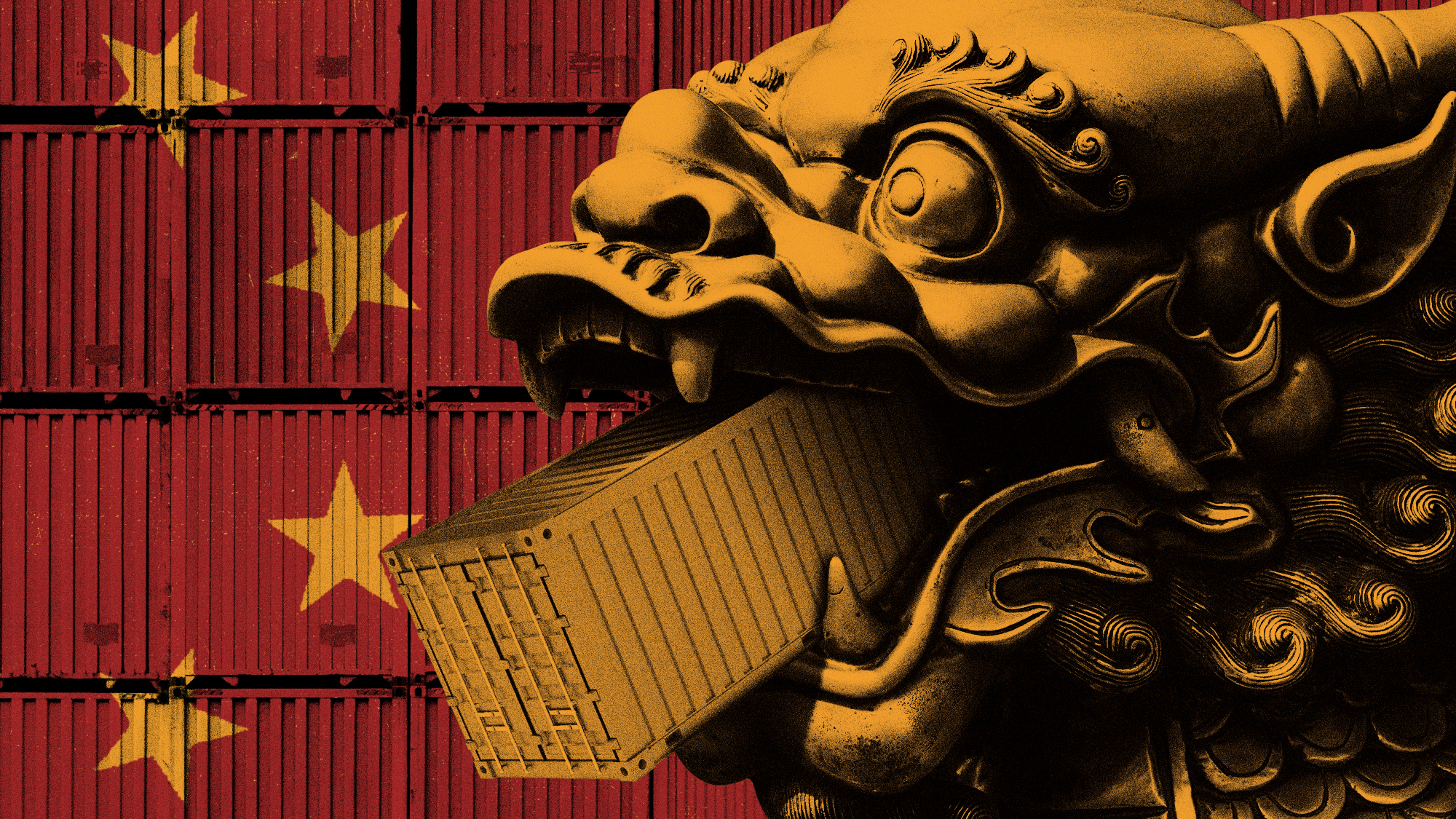 How will China’s $1 trillion trade surplus change the world economy?
How will China’s $1 trillion trade surplus change the world economy?Today’s Big Question Europe may impose its own tariffs
-
 Who will be the next Fed chair?
Who will be the next Fed chair?Today's Big Question Kevin Hassett appears to be Trump’s pick
-
 Would a 50-year mortgage make home ownership attainable?
Would a 50-year mortgage make home ownership attainable?Today's Big Question Trump critics say the proposal is bad policy
-
 How could worsening consumer sentiment affect the economy?
How could worsening consumer sentiment affect the economy?Today’s Big Question Sentiment dropped this month to a near-record low
-
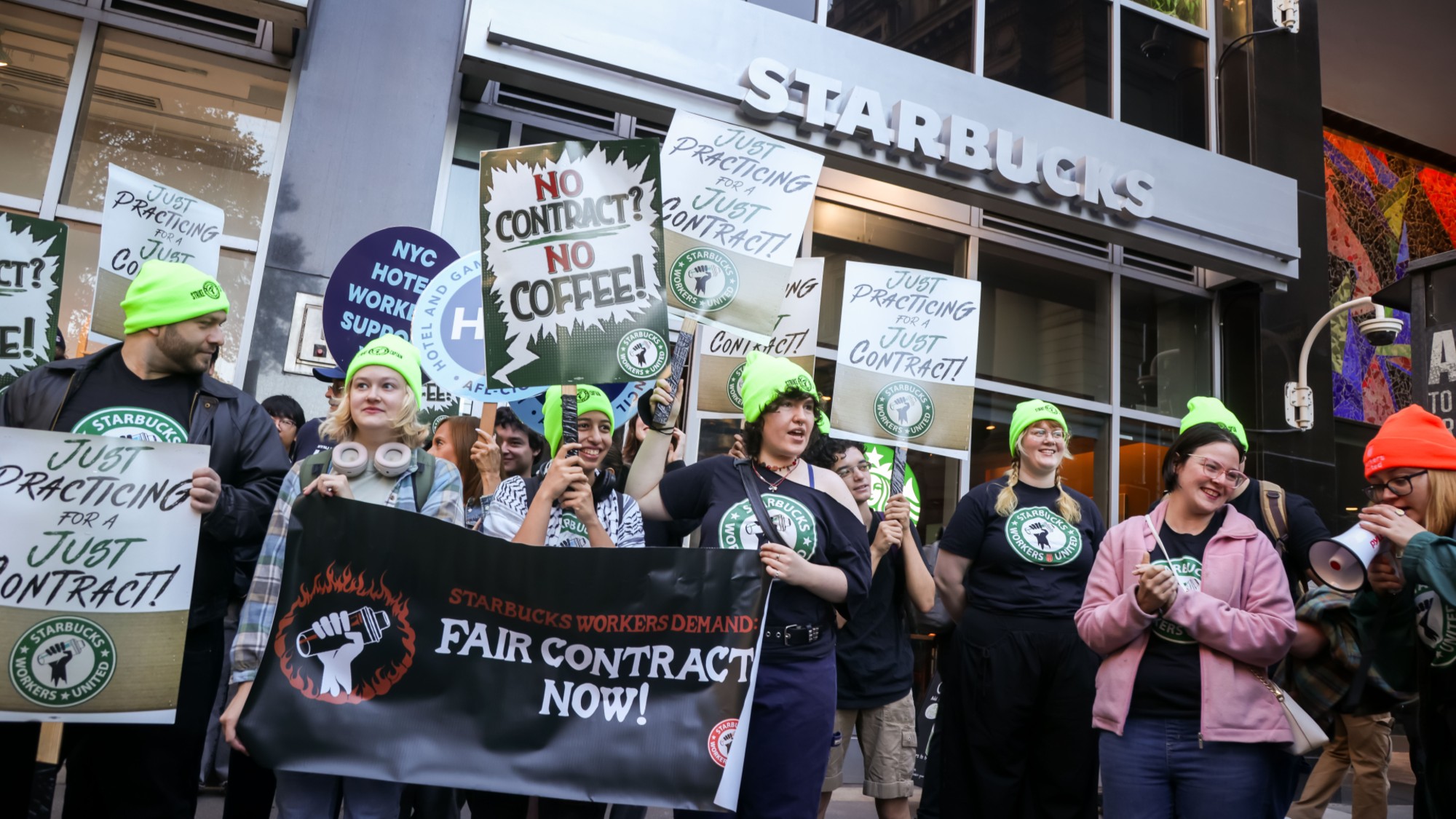 Starbucks workers are planning their ‘biggest strike’ ever
Starbucks workers are planning their ‘biggest strike’ everThe Explainer The union said 92% of its members voted to strike
-
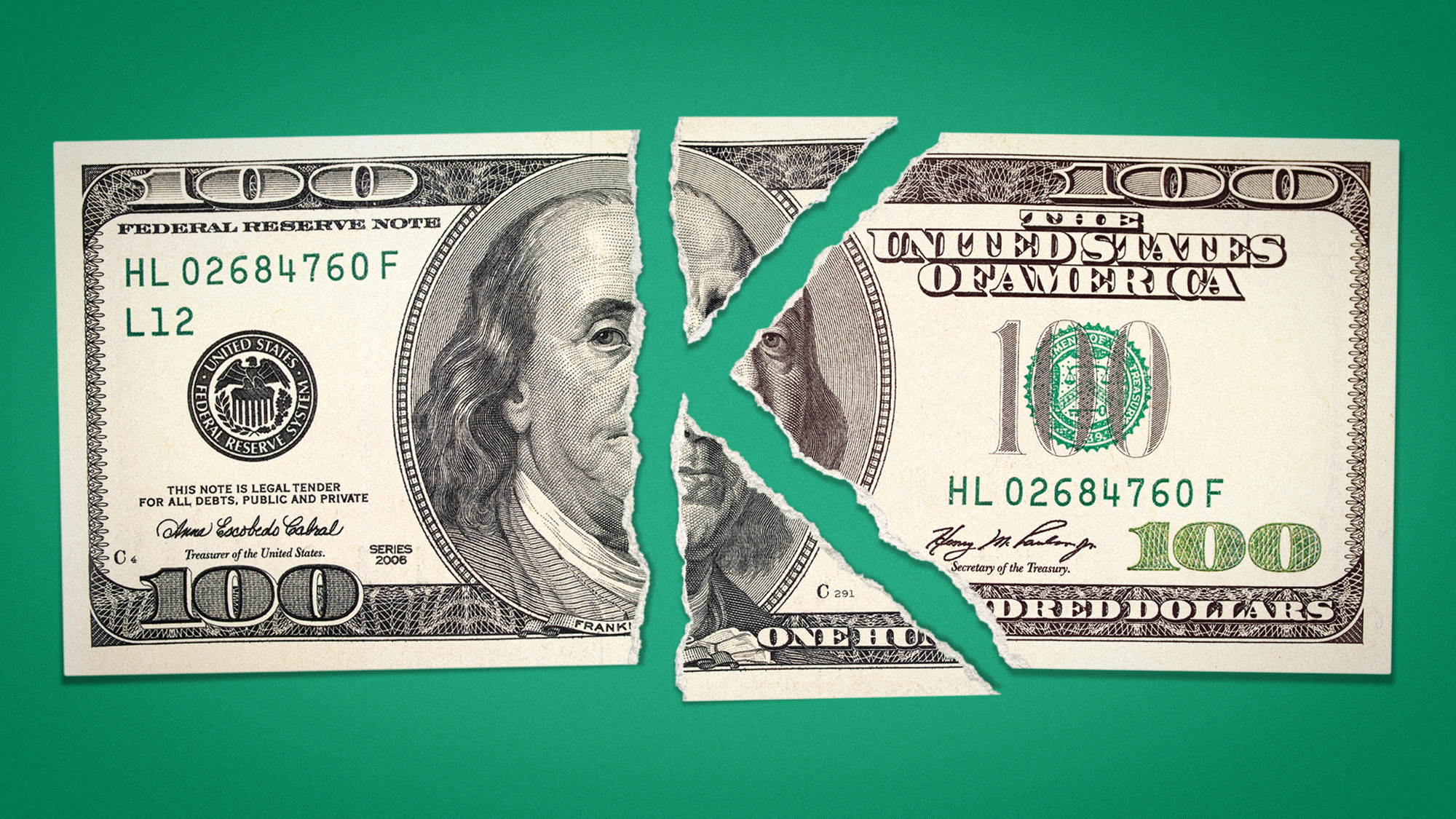 Why has America’s economy gone K-shaped?
Why has America’s economy gone K-shaped?Today's Big Question The rich are doing well. Everybody else is scrimping.
-
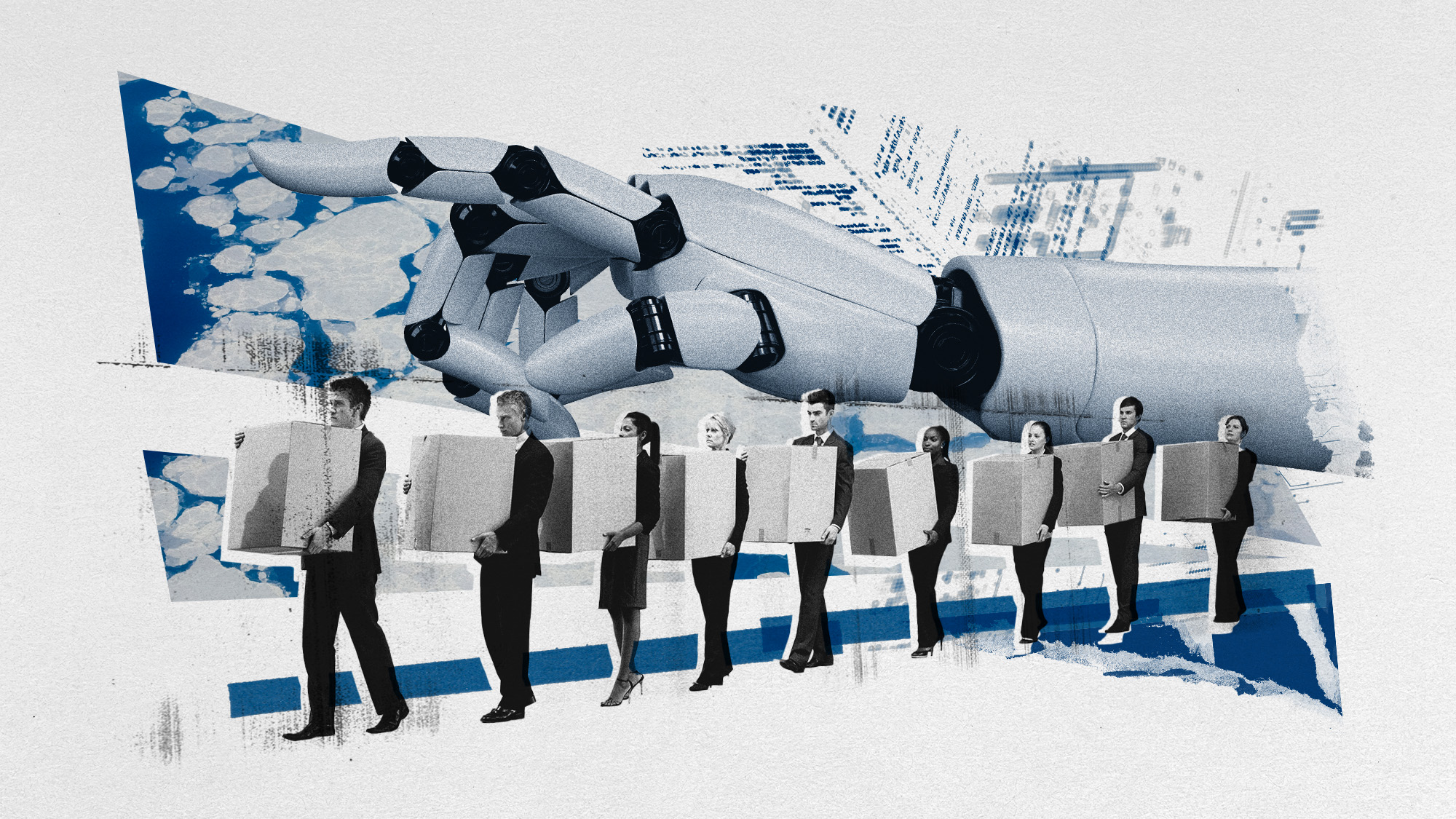 Is the job market frozen or faltering?
Is the job market frozen or faltering?Today's Big Question Layoffs raise alarms while young workers eye law school
